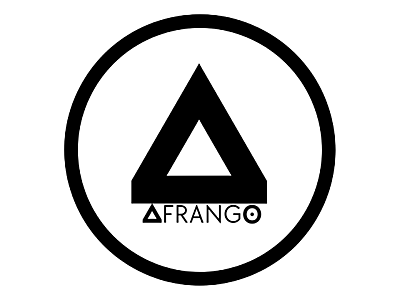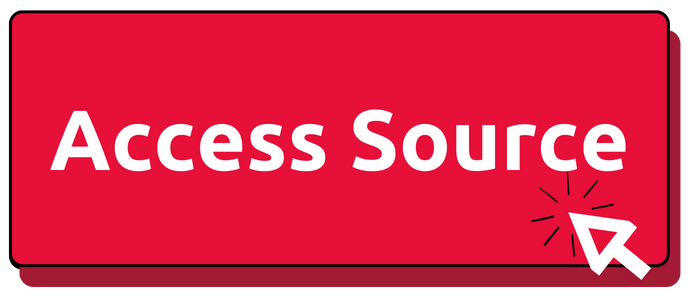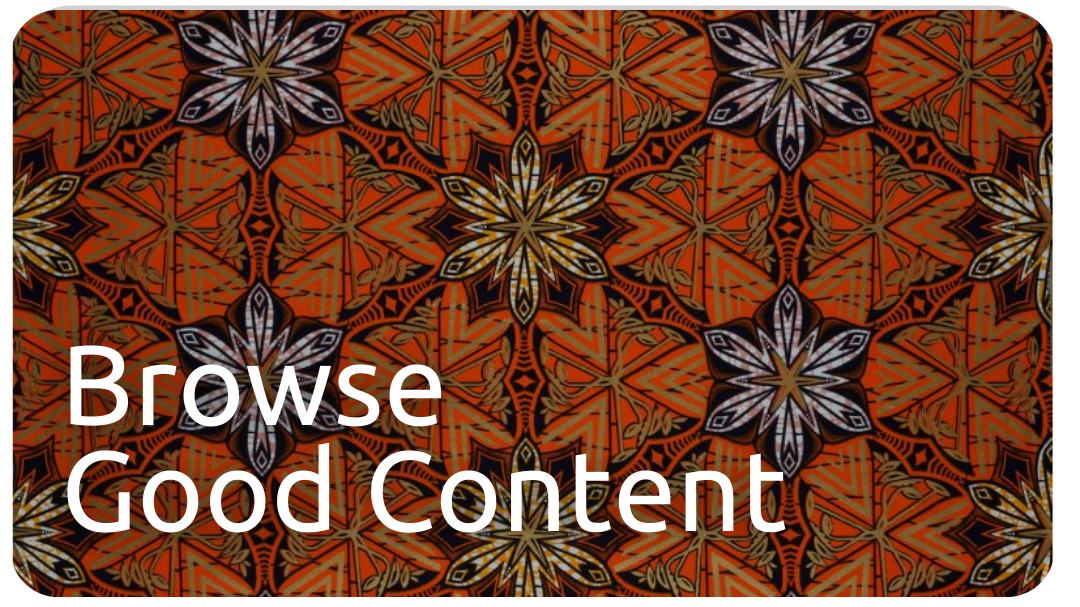Reporting
- What if those who write reports and those who read reports could be on the same page?
- What if FGOs who wrote reports on funding received could better understand the needs of those who invested in social change?
- What are the reporting requirements of the other side?
- What if social impact investors better understood the circumstances under which For Good Organisations operate?
With these questions in mind we decided to not create a separate page of resources for FGOs, but to do a fruit salad of reporting resources. Please let us know what you think - could this approach add value?
Impact Management Reporting Guideline by Nation Builder
This Impact Management Reporting Guideline has been co-created by the Nation Builder Community, for the benefit of the South African social investment community as a whole, and may be reproduced and utilised freely, provided the following copyright notice is included: "Adapted from the Impact Management Reporting Guideline. Copyright 2020. Used by permission of the Nation Builder Trust." For commercial use, please request permission from Nation Builder in writing - nationbuilder@mergon.co.za. Authors: The Nation Builder Community, with leads on the project being Gabrielle Habberton, Director from Relativ and Hlengiwe Phiri, Product & Community Manager from Nation Builder. | ||
Embracing Emergence: How Collective Impact Addresses Complexity
Organizations around the world have begun to see collective impact as a new and more effective process for social change. They have grasped the difference our past articles emphasized between the isolated impact of working for change through a single organization versus a highly structured cross-sector coalition.1 Yet, even as practitioners work toward the five conditions of collective impact we described earlier, many participants are becoming frustrated in their efforts to move the needle on their chosen issues. (See “The Five Conditions of Collective Impact” to right.) Collective impact poses many challenges, of course: the difficulty of bringing together people who have never collaborated before, the competition and mistrust among funders and grantees, the struggle of agreeing on shared metrics, the risk of multiple self-anointed backbone organizations, and the perennial obstacles of local politics. We believe, however, that the greatest obstacle to success is thatpractitioners embark on the collective impact process expecting the wrong kind of solutions. | ||
Cone Generation Z CSR Study How to speak Z from 2017
Gen Z + Companies = Change Let’s start with the basics. As a generation brought up with recycling programs, climate change curriculum and diversity education, it’s no surprise this is a highly empathetic – and socially conscious – group. Ninety-two percent say they care about social and environmental issues, but they don’t exactly like what they see. Nearly nine-in-10 (89%) say they’re worried about the health of our planet. To solve for this, they see companies as critical partners. In fact, this generation is the most likely to believe companies should help address urgent issues (94%) – even more so than their older Millennial cohorts or the average American | ||
DGMT Resources to support Monitoring and Evaluation in civil society
Sign in to add your comment.






